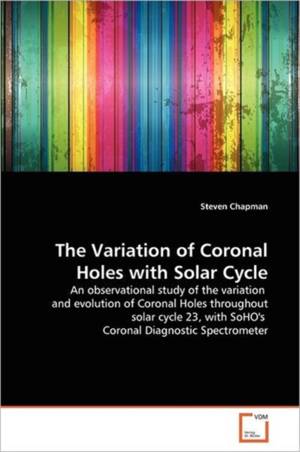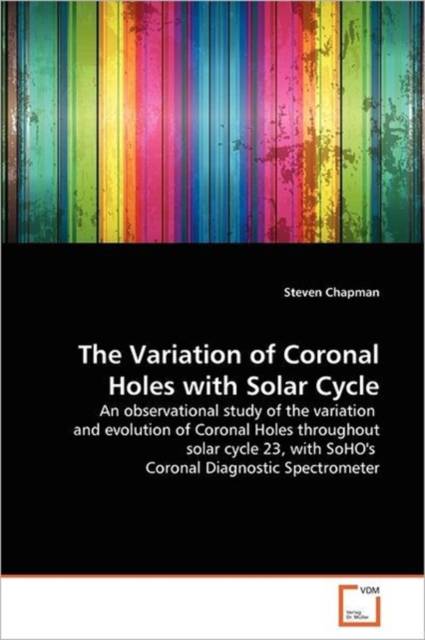
- Afhalen na 1 uur in een winkel met voorraad
- Gratis thuislevering in België vanaf € 30
- Ruim aanbod met 7 miljoen producten
- Afhalen na 1 uur in een winkel met voorraad
- Gratis thuislevering in België vanaf € 30
- Ruim aanbod met 7 miljoen producten
Zoeken
The Variation of Coronal Holes with Solar Cycle
An observational study of the variation and evolution of Coronal Holes throughout solar cycle 23, with SoHO's Coronal Diagnostic Spectrometer
Steven Chapman
Paperback | Engels
€ 77,95
+ 155 punten
Omschrijving
Coronal holes are commonly known to be the source of the open magnetic flux and the high-speed solar wind. In EUV and X-ray emission lines, coronal holes are seen as the regions with reduced emission due to lower temperatures and electron density than the surrounding quiet sun. Observing the evolution of coronal holes over the course of a solar cycle, can lead to a greater understanding of the evolution of the solar dynamo and can advance our knowledge in forecasting space weather. Synoptic data from the Normal Incidence Spectrometer (NIS), which is part of the Coronal Diagnostic Spectrometer (CDS) onboard the Solar and Heliospheric Observatory (SoHO), have been used in this work to observe the evolution of coronal holes during cycle 23, from mid-1996 through to mid-2007 (solar minimum to solar minimum).
Specificaties
Betrokkenen
- Auteur(s):
- Uitgeverij:
Inhoud
- Aantal bladzijden:
- 336
- Taal:
- Engels
Eigenschappen
- Productcode (EAN):
- 9783639360127
- Verschijningsdatum:
- 10/06/2011
- Uitvoering:
- Paperback
- Formaat:
- Trade paperback (VS)
- Afmetingen:
- 152 mm x 229 mm
- Gewicht:
- 494 g

Alleen bij Standaard Boekhandel
+ 155 punten op je klantenkaart van Standaard Boekhandel
Beoordelingen
We publiceren alleen reviews die voldoen aan de voorwaarden voor reviews. Bekijk onze voorwaarden voor reviews.











